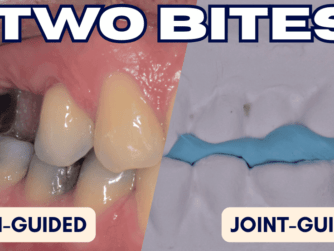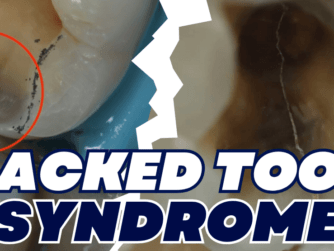Podcast: Play in new window | Download (Duration: 1:04:02 — 91.3MB)
Subscribe: RSS
Dr. Andreas Artopoulos will save you HOURS of chairside adjusting as he busts denture occlusion myths.
We covered all the key stages of complete denture fabrication in this gem-packed episode, before offering clear guidelines on what occlusion on complete dentures SHOULD look like (and why).
Protrusive Dental Pearl: ‘Enter Bolus, Exit Balance!’ – find out why group function occlusion is the pragmatic choice of occlusal scheme, instead of painstakingly trying to achieve balanced articulation.
Need to Read it? Check out the Full Episode Transcript below!
Highlights of this episode:
1:02 Protrusive dental pearl
3:36 Prosthodontic Expertise
8:43 Denture Inspection
21:15 Jaw Registration
40:40 Incisor Positioning
47:03 Balanced Occlusion
48:50 Articulator Insights
55:25 Group Function
56:18 Adaptable Techniques
56:18 Patient Adaptation
1:03:04 Optimal Denture Fabrication
If you liked this episode, you will also like PDP134 – Chrome Partial Dentures Guide
Did you know? You can get CPD from the Web App or Phone App and watch premium clinical videos, for less than a tax deductible Nando’s per month?







